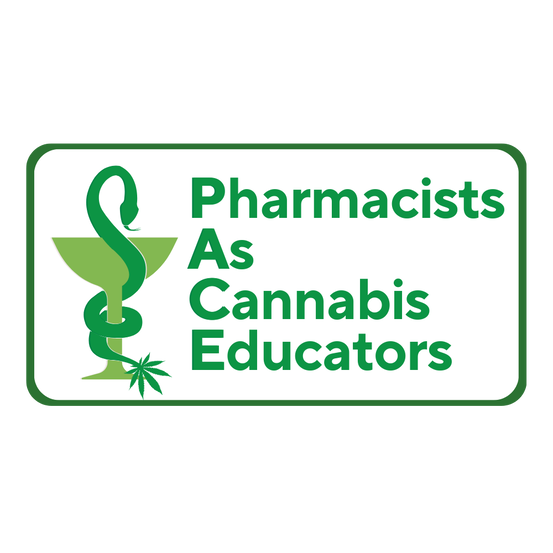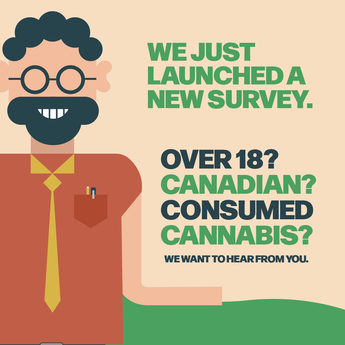|
Cannabis consumers:
Click here to participate in our latest survey exploring how people consume cannabis and how they might engage with pharmacists for information about cannabis. Pharmacists: Complete this survey about your own experiences with cannabis and your ability to engage people who consume cannabis. |
About the Pharmacists as Cannabis Educators (PACE) Project

This project is grounded in the need to harness the expertise of pharmacists in addressing the evolving landscape of cannabis consumption. While pharmacists have played a crucial role in harm reduction efforts for people who use opioids, they have yet to be enlisted in a similar capacity for people who consume cannabis, despite their strong background in medication management. This gap becomes particularly significant considering the changing legal and medical cannabis landscape and the growing acceptance of cannabis, pointing to an increased likelihood of cannabis-related discussions and interactions taking place in pharmacy settings.
This project seeks to explore the perspectives, barriers, and challenges faced by both pharmacists and people who use cannabis. The insights gained from this research will guide the creation of educational materials for both groups, ensuring more accessible and dependable information for people who use cannabis and enhancing pharmacists’ roles in cannabis knowledge and practice.
This project seeks to explore the perspectives, barriers, and challenges faced by both pharmacists and people who use cannabis. The insights gained from this research will guide the creation of educational materials for both groups, ensuring more accessible and dependable information for people who use cannabis and enhancing pharmacists’ roles in cannabis knowledge and practice.


